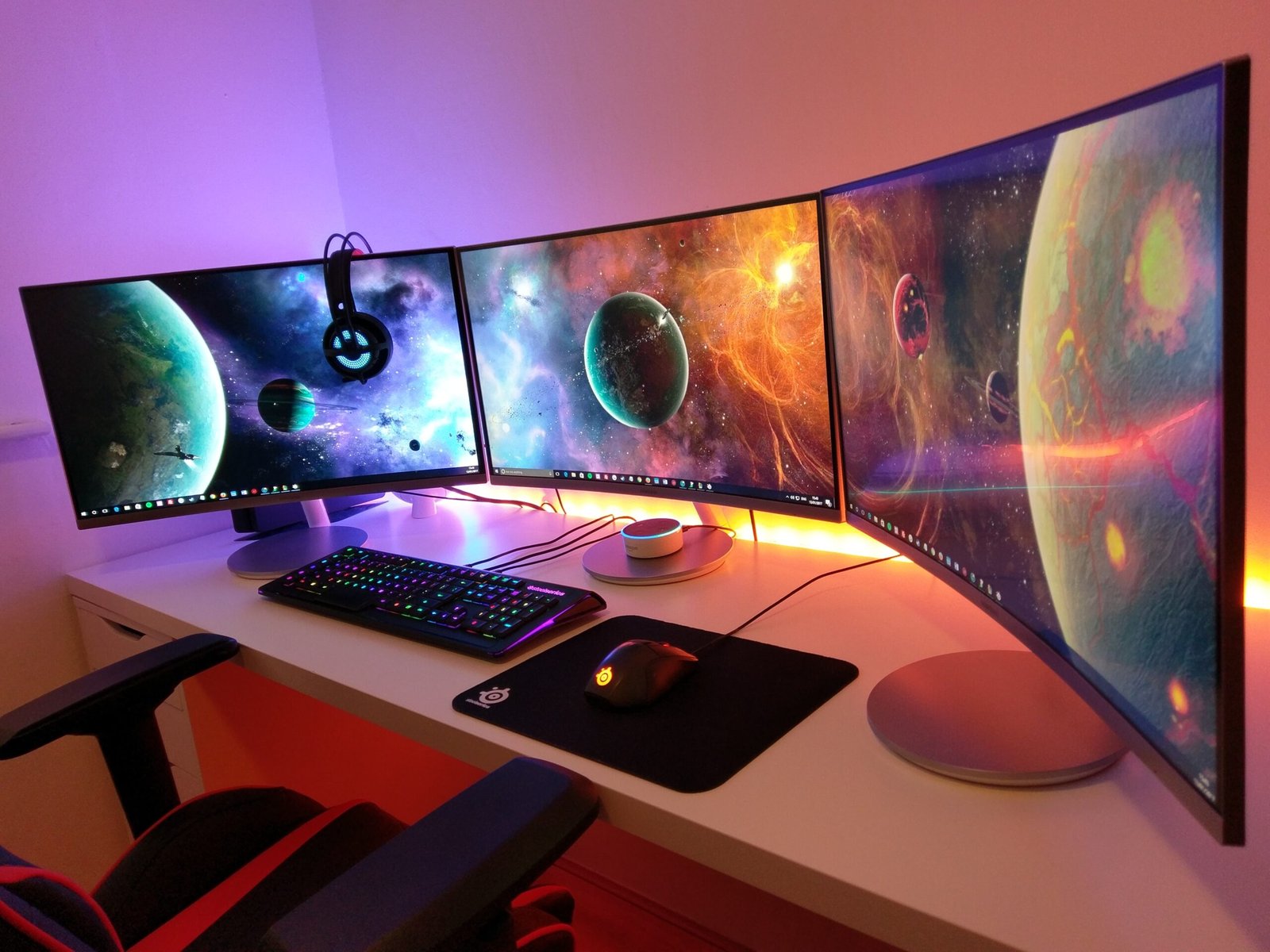Introduction
When it comes to computers, there are two main components that work together to make them function: hardware and software. Understanding the difference between these two components is crucial for anyone who wants to have a better grasp of how computers work. In this article, we will explore computer hardware and software in detail, discussing their roles and how they interact with each other.
Computer Hardware
Computer hardware refers to the physical components of a computer system. These components include the central processing unit (CPU), memory, storage devices, input devices, output devices, and more. The CPU is often referred to as the “brain” of the computer, as it performs most of the calculations and executes instructions. Memory, on the other hand, stores data that is currently being used by the CPU. Storage devices, such as hard drives and solid-state drives, store data even when the computer is turned off.
Input devices, such as keyboards and mice, allow users to input data into the computer, while output devices, such as monitors and printers, display or produce the results of the computer’s operations. Other hardware components include motherboards, graphics cards, sound cards, and network cards, among others. Each component plays a specific role in the overall functioning of the computer system.
Computer Software
Computer software, on the other hand, refers to the programs and applications that run on a computer. It is a collection of instructions and data that tell the hardware how to perform specific tasks. Software can be categorized into two main types: system software and application software.
System software includes the operating system, device drivers, and utility programs. The operating system is the core software that manages all the hardware and software resources of the computer. It provides a user-friendly interface and allows users to interact with the computer. Device drivers, on the other hand, enable the operating system to communicate with hardware devices. Utility programs perform various tasks, such as disk cleanup, antivirus scanning, and system optimization.
Application software, on the other hand, is designed to perform specific tasks or provide specific functionality to users. Examples of application software include word processors, web browsers, video editing software, and games. These programs are created to fulfill the needs and requirements of users, allowing them to perform various tasks efficiently.
Interaction Between Hardware and Software
Hardware and software work together to make a computer system function. The hardware provides the physical infrastructure, while the software provides the instructions and data needed to perform tasks. Without hardware, software cannot run, and without software, hardware is useless.
When a user interacts with a computer, the input devices send signals to the CPU, which processes the data using the instructions provided by the software. The processed data is then sent to the output devices, such as the monitor or printer, to display or produce the desired results. This interaction between hardware and software happens seamlessly, allowing users to perform various tasks with ease.
Conclusion
Understanding computer hardware and software is essential for anyone who wants to have a deeper understanding of how computers work. Hardware refers to the physical components of a computer system, while software refers to the programs and applications that run on the hardware. Both components are crucial for the overall functioning of a computer system. By understanding their roles and how they interact with each other, users can make the most out of their computers and troubleshoot any issues that may arise.
